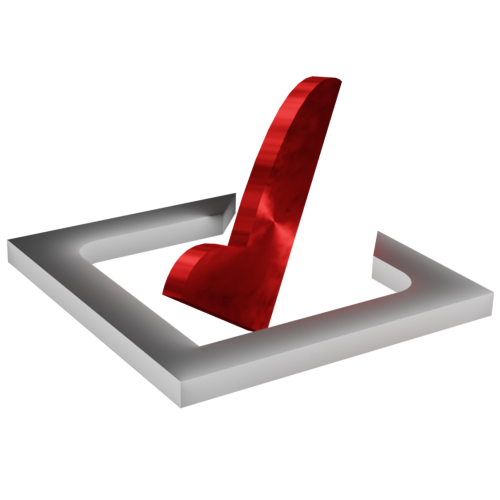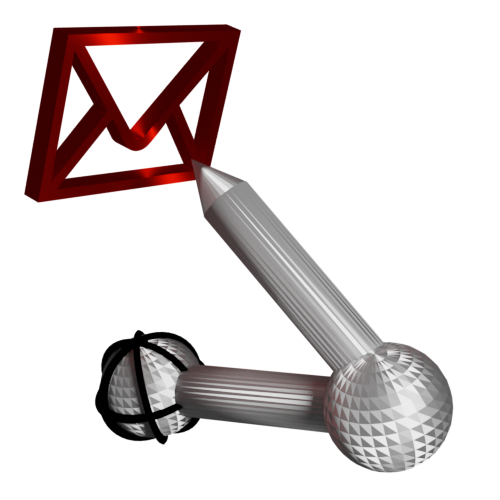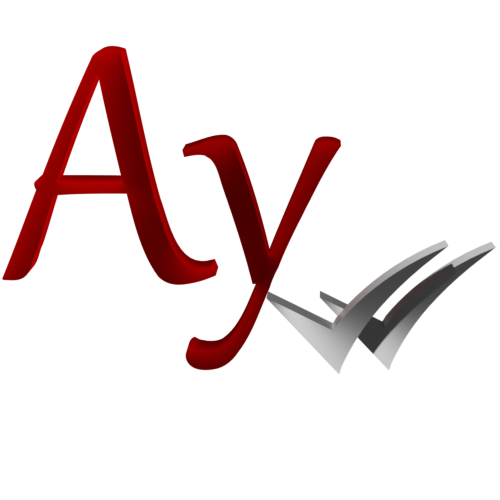AyMINE – Technical documentation
Modules
 Task, project & quality management
Task, project & quality management
Manager approval with the task report
Why some data can't be deleted
Adminitration of areas, projects, calendars
Region / project / methodology
Change management process in a project
GDPR and record of qualifications
Qualification of user or contact
Right to Manage Qualifications
Failure Analysis for an Individual Property of a Component or Process
FMEA – Probability of Detection
FMEA – Probability of Occurrence
 Task, project & quality management
Task, project & quality management
Administration of the Task Management Module
System rights for the task management module
Methodology and Quality Management systems
What a methodology / QMS consists of
Collaborative Resolution of Multiple Problems
Customer Service Response Generation
Incident and Quality Issue Management
Objects affected by the problem
Problems, Incidents, Helpdesk Tickets
Return project plan by baseline
Sample tasks and methodologies of the area
Effect of the task on the right to modify the attached object
The person responsible for the task
Working procedure – task definition
 Contacts and directories module (CRM)
Contacts and directories module (CRM)
 Web management and automation
Web management and automation
Human resources
 Products, assets and sales
Products, assets and sales
Technical Modules
Enterprise Architect connector
System Modules
 The AyMINE Framework Module
The AyMINE Framework Module
 System Management
System Management
Additional functions with files
Copying and moving files between objects
Files (documents) linked to the object
Formatted texts in the application
Gateway settings for external messages
IMP gateway settings for email communication
Internet Call Gateway Settings
Message with the outside world
 Product Categories
Product Categories 
Product categories are a general tool for segmenting products and assets. They are essentially a codebook that allows for segmentation according to the needs of the company.
Examples of categories for a bank might be:
- For a bank: investment services, credit services, cards.
- For a manufacturing company: electronic parts, components, fasteners.
- For a car dealership: new cars, used cars, service, rental.
What is the relationship between products and categories?
Every product belongs to a category. A category can therefore be seen as a more general concept than a product. Specific assets always also have a category, but so it is always derived from the product, so it corresponds to the category to which the product belongs.
Hierarchy
Categories can be structured into a hierarchy for a more detailed breakdown. If you use a hierarchy, we recommend using only the lowest level of the hierarchy for products for clarity. You should actually have a reasonable reason to copy the category hierarchy into products as well.
Categories and products may form multiple trees, or they may not form a hierarchy at all. Therefore, it makes sense to create your own category and product trees or groups for the products you manufacture and purchase. Even within purchased, it is useful for clarity to separate those purchased for production and those purchased by the organization to support its own operations, i.e. typically for offices, building management, etc.
How and why use categories?
The main purpose of categories is to allow a global breakdown of products as is customary in the organization and how assets are broken down for reporting. This is also what the category structure should follow.
In principle it is not necessary to use categories, they are only for clarity. It is possible to have only one single category – e.g. an all-encompassing all; at least one is needed because without it you cannot record assets or define products.